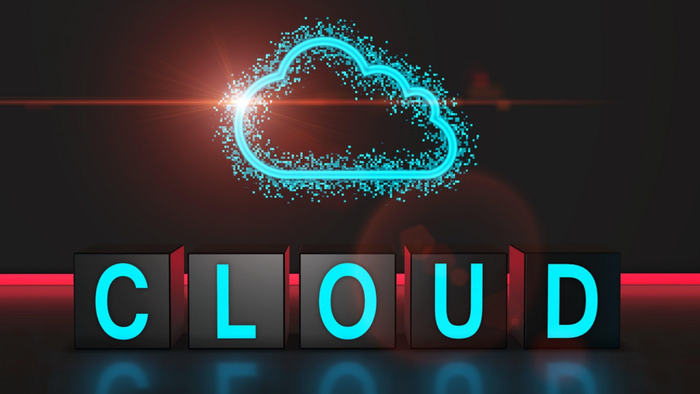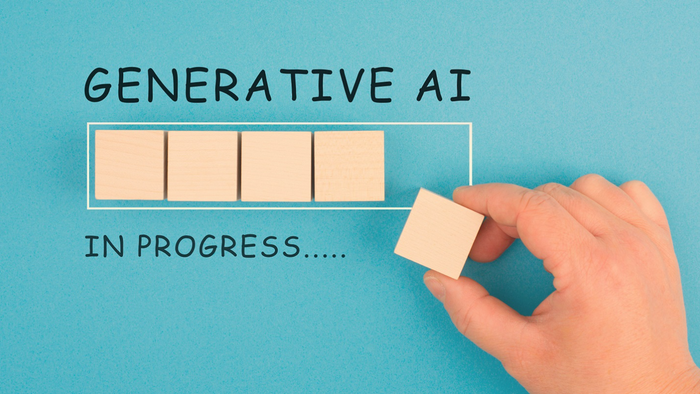Featured on Industry Perspectives
big data written in front of code
AI & Machine Learning
How to Supercharge Data Analytics with AIHow to Supercharge Data Analytics with AI
Artificial intelligence is revolutionizing data analytics by reducing human error and enabling faster, more accurate insights, though it still requires careful oversight to avoid biases.
More from Industry Perspectives
Sign up for the ITPro Today newsletter
Stay on top of the IT universe with commentary, news analysis, how-to's, and tips delivered to your inbox daily.





































.jpg?width=700&auto=webp&quality=80&disable=upscale)


_(1).png?width=700&auto=webp&quality=80&disable=upscale)

.png?width=700&auto=webp&quality=80&disable=upscale)